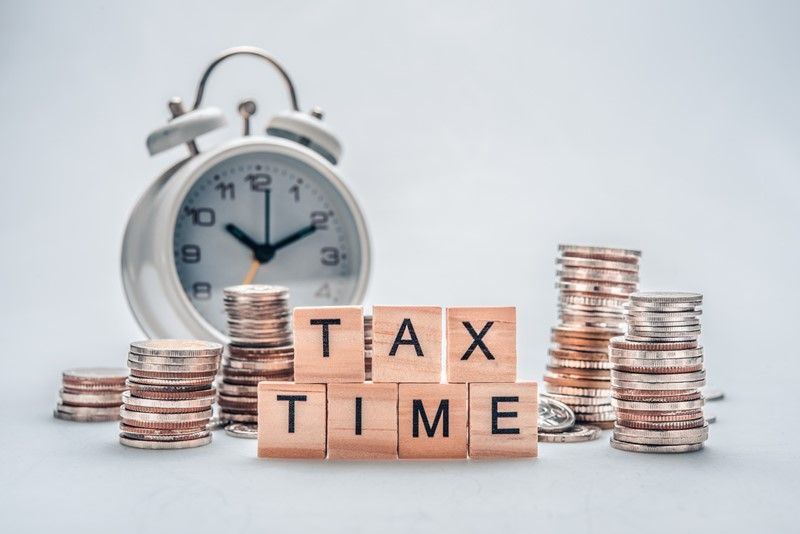VAT Reverse Charge in Construction: What You Need to Know
Navigating VAT in the construction industry can feel like untangling scaffolding. Enter the VAT reverse charge—special rules that mean sub-contractors no longer charge VAT on services but contractors handle the tax instead. Here's how it works and who it affects.
There are special VAT reverse charge rules that can apply to certain construction businesses. When these rules apply, the supply of most construction services between construction or building businesses is subject to the domestic reverse charge. The reverse charge only applies to supplies of specified construction services to other businesses in the construction sector.
The charge applies to standard and reduced rate VAT services:
- for businesses who are registered for VAT in the UK; and that are
- reported within the Construction Industry Scheme.
This means that where the rules apply, sub-contractors no longer add VAT to their supplies to most building customers, instead, contractors are obliged to pay the deemed output VAT on behalf of their registered sub-contractor suppliers. However, the deemed output tax is also available as a deduction from VAT paid if it qualifies as input VAT according to the usual rules. In which case there is no cash flow penalty for contractors.
The VAT domestic reverse charge applies to the following services:
- constructing, altering, repairing, extending, demolishing or dismantling buildings or structures (whether permanent or not), including offshore installation services;
- constructing, altering, repairing, extending, demolishing of any works forming, or planned to form, part of the land, including (in particular) walls, roadworks, power lines, electronic communications equipment, aircraft runways, railways, inland waterways, docks and harbours, pipelines, reservoirs, water mains, wells, sewers, industrial plant and installations for purposes of land drainage, coast protection or defence;
- installing heating, lighting, air-conditioning, ventilation, power supply, drainage, sanitation, water supply or fire protection systems in any building or structure;
- internal cleaning of buildings and structures, so far as carried out in the course of their construction, alteration, repair, extension or restoration;
- painting or decorating the inside or the external surfaces of any building or structure; and
- services which form an integral part of or are part of the preparation or completion of the services, including site clearance, earth-moving, excavation, tunnelling and boring, laying of foundations, erection of scaffolding, site restoration, landscaping and the provision of roadways and other access works.




